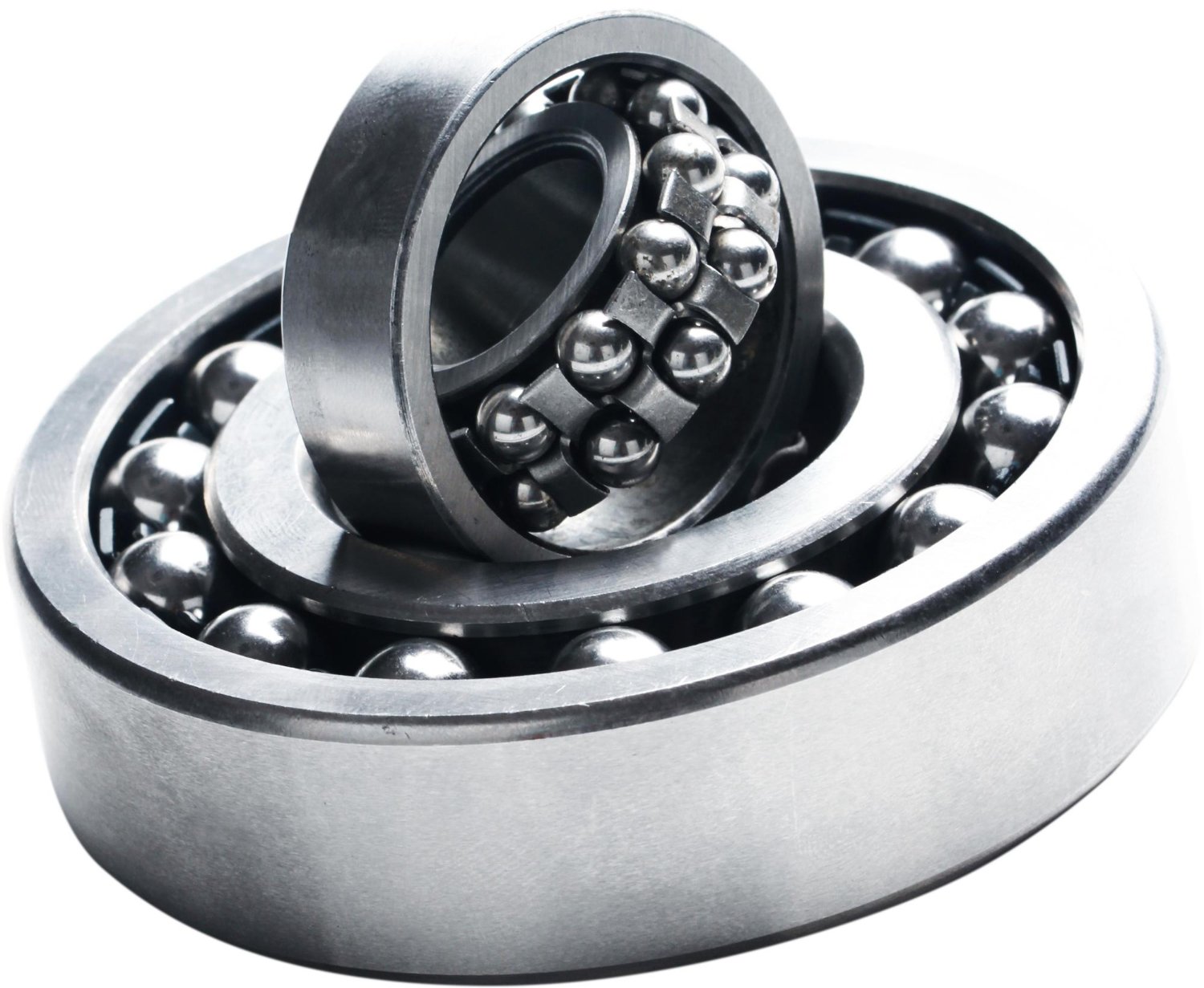
Electric vehicles (EVs) are revolutionising the automotive industry, driven by advancements in technology and a global push towards sustainability. As EV adoption accelerates, every component within these vehicles is under scrutiny for efficiency, durability, and performance. Among these critical components are bearings—seemingly simple but vital elements that ensure smooth rotation, load management, and friction reduction. Bearings in EVs face unique challenges due to higher operational speeds, distinct electromagnetic effects, and the need for compact, lightweight designs. This article explores the role of bearings in electric vehicles, the challenges they encounter, and the innovations paving the way for their evolution.
Role of Bearings in Electric Vehicles
Bearings in electric vehicles are crucial for reducing friction between rotating parts, supporting axial and radial loads, and enhancing energy efficiency. They play a pivotal role in various EV systems, such as electric motors, transmissions, and wheel assemblies. Bearings facilitate the smooth rotation of shafts in electric motors, ensuring minimal energy loss and optimal vehicle performance. Moreover, bearings in EV gearboxes maintain load distribution and help achieve quieter and more efficient operation compared to traditional internal combustion engine (ICE) vehicles.
Common Types of Bearings in EVs
– Motor Bearings: Responsible for enabling the efficient rotation of the electric motor shaft.
– Gearbox Bearings: Support the smooth functioning of high-speed gearboxes in EVs.
– Wheel Bearings: Essential for reducing friction and supporting the weight of the vehicle.
– Auxiliary Bearings: These are used in other systems like air-conditioning and battery cooling pumps.
Key Challenges for Bearings in Electric Vehicles
While bearings have been essential in automotive applications, the shift to electrification brings new challenges:
Innovations and Technological Advances in EV Bearings
To address these challenges, bearing manufacturers are employing several innovative solutions:
Industry Examples
Leading automotive and bearing manufacturers are actively working on specialized solutions for EV applications:
– SKF’s Sensor-Bearing Solutions: SKF has developed sensor-bearing units for electric motors that monitor speed, position, and condition in real-time. These smart bearings help enhance performance and predictive maintenance capabilities.
– Schaeffler’s High-Speed Bearings for EVs: Schaeffler has introduced specialized bearings designed for higher-speed electric motors with improved insulation properties, optimized for efficient heat dissipation and reduced friction.
– NSK’s Advanced Ceramic Bearings: NSK offers ceramic hybrid bearings with superior heat resistance, electrical insulation, and reduced weight, helping manufacturers meet the demanding requirements of modern EVs.
Future Trends and Outlook
The future of EV bearings is geared towards the integration of advanced technologies and materials for increased efficiency and durability. With the rise of autonomous and connected vehicles, the demand for sensor-equipped smart bearings will continue to grow. Innovations in materials like polymer and graphene-coated bearings are expected to reduce weight and improve wear resistance further. Additionally, the adoption of AI and IoT technologies for condition monitoring and predictive maintenance is likely to revolutionize the role of bearings in electric vehicles.
Furthermore, bearing manufacturers are focusing on sustainable production and the development of recyclable materials to align with the automotive industry’s environmental goals. This trend is in line with the broader push for green mobility and circular economy principles.
Conclusion
Bearings are fundamental to the efficient and reliable operation of electric vehicles. However, the challenges posed by higher speeds, electric currents, weight constraints, and temperature variations require innovative solutions. Advances in materials, coatings, insulation, and sensor integration are helping manufacturers overcome these hurdles. As the electric vehicle industry continues to evolve, the importance of bearing technology in achieving higher efficiency, reliability, and sustainability cannot be understated. The development of smarter and more resilient bearings will play a vital role in shaping the future of electric mobility, driving further growth and innovation in the automotive industry.